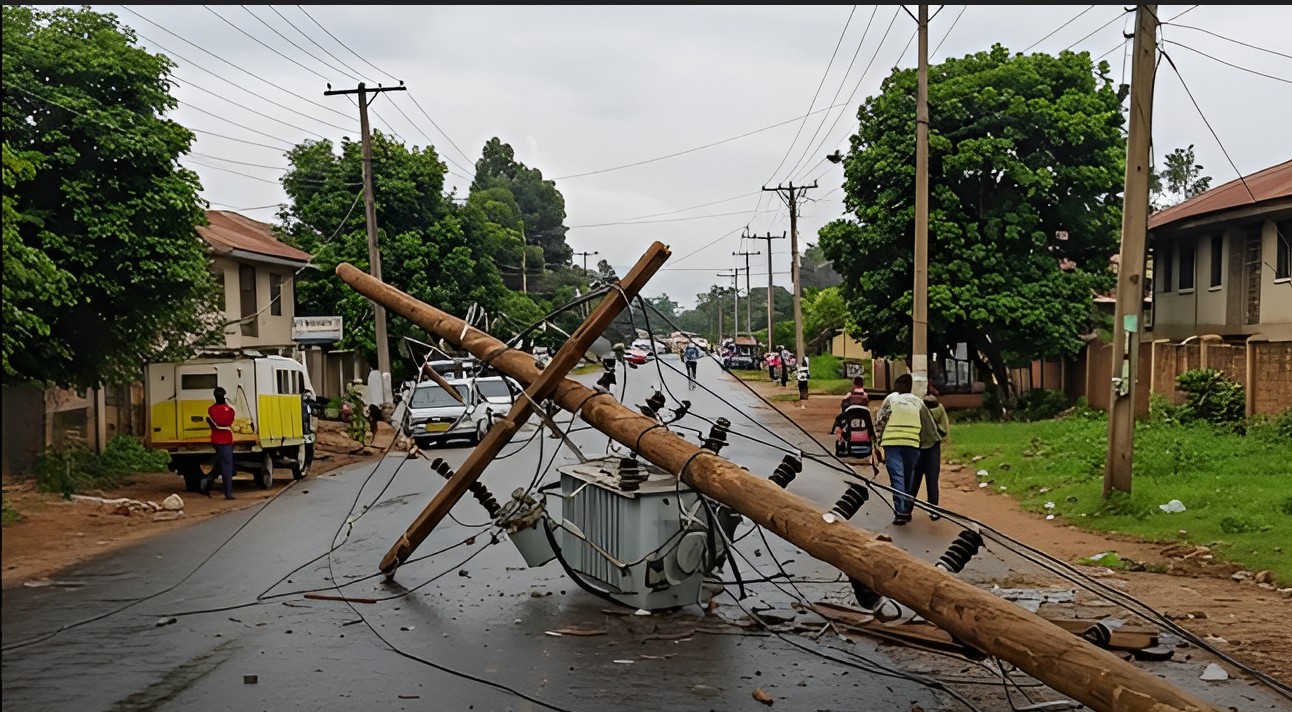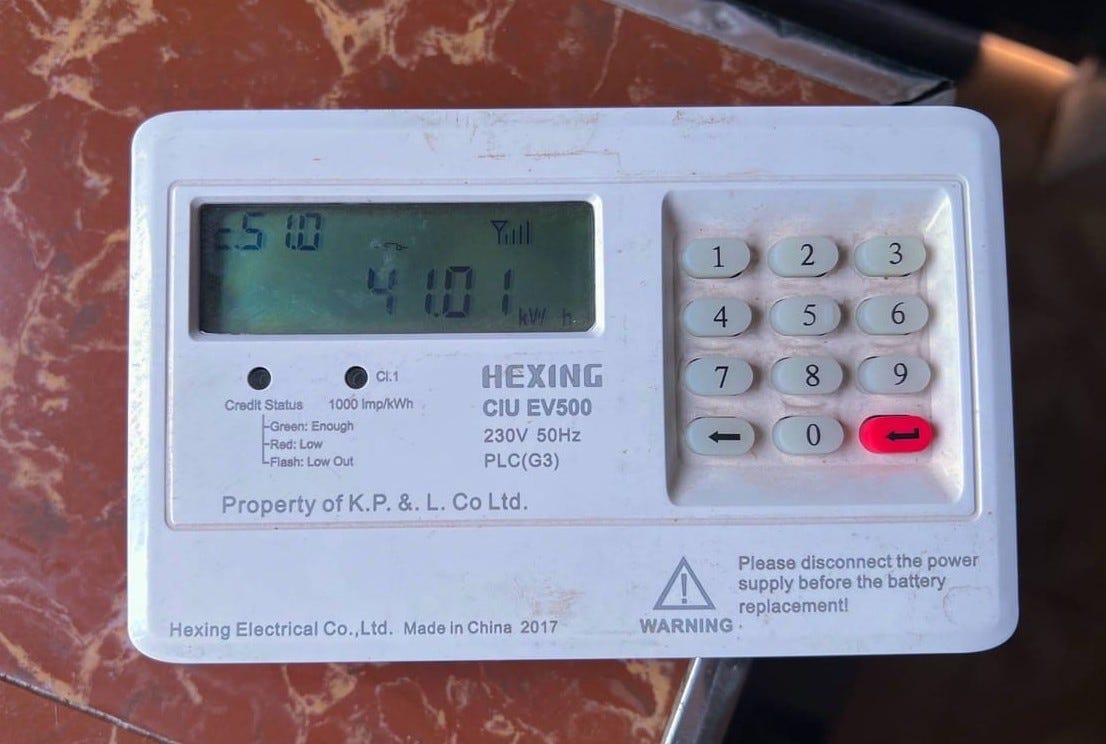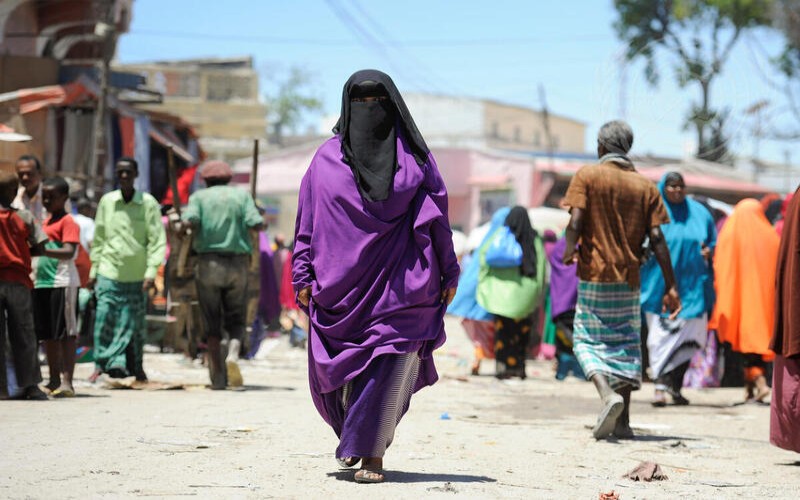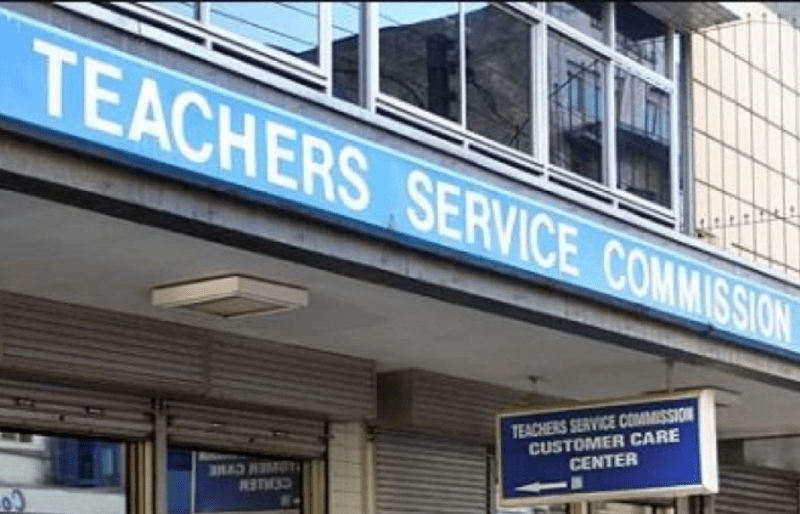Old habits die hard: Why garbage disposal into Nairobi River persists
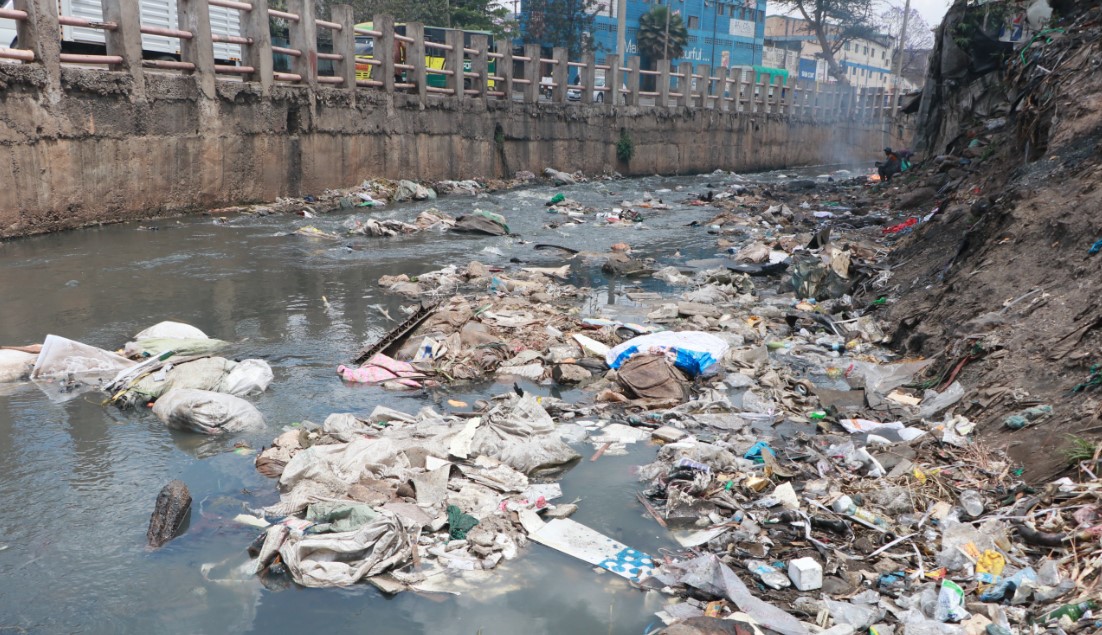
The Ministry of Environment has identified 145 facilities along the Nairobi River basin that are discharging industrial effluent into the river.
The lack of consistent garbage collection services and designated dumping sites has significantly contributed to the pollution of the Nairobi River, particularly among communities living along its banks and in rural areas.
Much of the waste in the Nairobi River consists of non-recyclable inorganic materials such as diapers, plastic bags, and other items. Many residents, unable to afford garbage collection services, are left with few options, as county services often fail to reach their areas. As a result, they resort to environmentally harmful solutions to dispose of their waste.
More To Read
- Riparian corridor residents renew commitment to Nairobi River regeneration
- Governor Sakaja says Sh180 billion needed to clean Nairobi's main rivers
- Officials warn of child safety risks near Ngong River in Mukuru
- NEMA targets Sh2 billion revenue through new digital licensing system
- Concerns mount over mass displacement as Ruto’s Nairobi Rivers revamp gains pace
- Renewed hope for Nairobi River as thousands of youth drive clean-up exercise
Jamal Arnold, a member of the Pole Kijee community-based organisation formed in 2011, says that lack of awareness and a lack of responsibility regarding waste management are key factors in pollution. He notes that many residents don't see the value in paying for trash collection services and end up disposing of their waste in inappropriate ways.
“People in the community often feel that they shouldn’t have to pay for trash collection, and as a result, they throw their waste into the sewer lines or directly into the river, even though we subsidise garbage collection costs,” he explains.
Service charge
Jamal’s organisation charges only Sh30 per week for the service, but this fee is still seen as unaffordable by many, particularly in high-density areas like Majengo and Highrise.
“Even with the small fee, we’ve encountered situations where people refuse to pay, and others genuinely can’t afford it. In such cases, we’re unable to collect their waste, and it ends up being discarded all over the neighbourhood,” Jamal adds.
Jamal believes that education and awareness on cleanliness and providing the necessary infrastructure for waste disposal could improve the situation.
“If we could establish designated trash collection points in the slums, with garbage trucks coming every day, the area would be much cleaner. It would help the community immensely.”
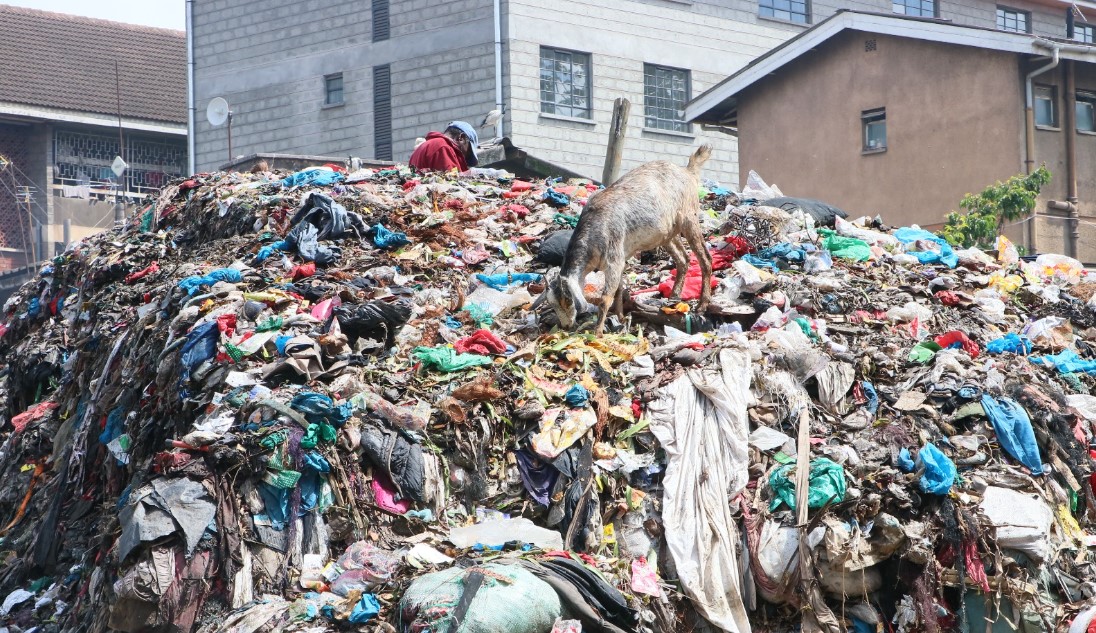 A heap of garbage in Majengo, Eastleigh in Nairobi on November 14, 2024. (Photo: Justine Ondieki)
A heap of garbage in Majengo, Eastleigh in Nairobi on November 14, 2024. (Photo: Justine Ondieki)
Wendy Mwende, also a member of Kijee, shares similar concerns.
Despite efforts to educate residents on proper waste disposal, she describes how many continue to throw trash into the sewer lines out of habit.
“We provide sacks for people to use, but some still dispose of their waste in the same old ways. As a result, we sometimes have to clean the sewer lines ourselves to ensure water can flow properly. But it’s frustrating because less than an hour after we clean, the area is already covered in trash again,” she says.
Designated dumping sites
Mwende also points out the scarcity of designated dumping sites, particularly in Majengo, where there is only one official site. This shortage has led to the emergence of many informal dumping areas, which contribute to the spread of disease.
Anne Mburu, a mother of two who has lived in the Majengo slums for over six years, describes the ongoing struggle her family faces due to the lack of proper waste management.
She explains that living in an environment with overflowing sewers and stagnant water has taken a toll on her children's health.
"My children often play near the sewer line, and I constantly worry about the filthy water. It’s a never-ending battle to try to keep things clean, but the waste keeps accumulating. When it rains, it becomes even worse," she says.
Anne’s children suffer from frequent bouts of diarrhoea, and she often has to rush them to the hospital. Unfortunately, the local dispensary is frequently out of medicine, forcing her to buy medication from private chemists.
“We rarely see any lasting impact from the clean-up efforts, and the sewers are always bursting. We don’t even have a proper bathroom, so we have to pay to use one elsewhere. The medical costs for treating diarrhoea can be overwhelming, especially since the dispensary is usually out of supplies,” she explains.
Anne reveals that she typically treats her children for diarrhoea at least three times a month, each visit adding to her financial burden. This cycle of illness and expense underscores the harsh realities of life in the slums, where access to basic healthcare and sanitation remains a luxury.
In the absence of proper waste management systems, residents often resort to disposing of their waste directly into open sewers, which eventually drain into the Nairobi River. Others burn their trash or simply throw it into the river, exacerbating the environmental and health challenges faced by the community.
Although efforts have been made to clean up the Nairobi River under the Climate Works initiative, progress has been slow.
The challenge lies in the fact that the clean-up is an ongoing process, and certain individuals continue to dispose of garbage in the river, often under the cover of night. This has led to a recurring cycle of pollution, where each cleaning effort is undermined by continuous illegal dumping, making it difficult to achieve lasting improvements.
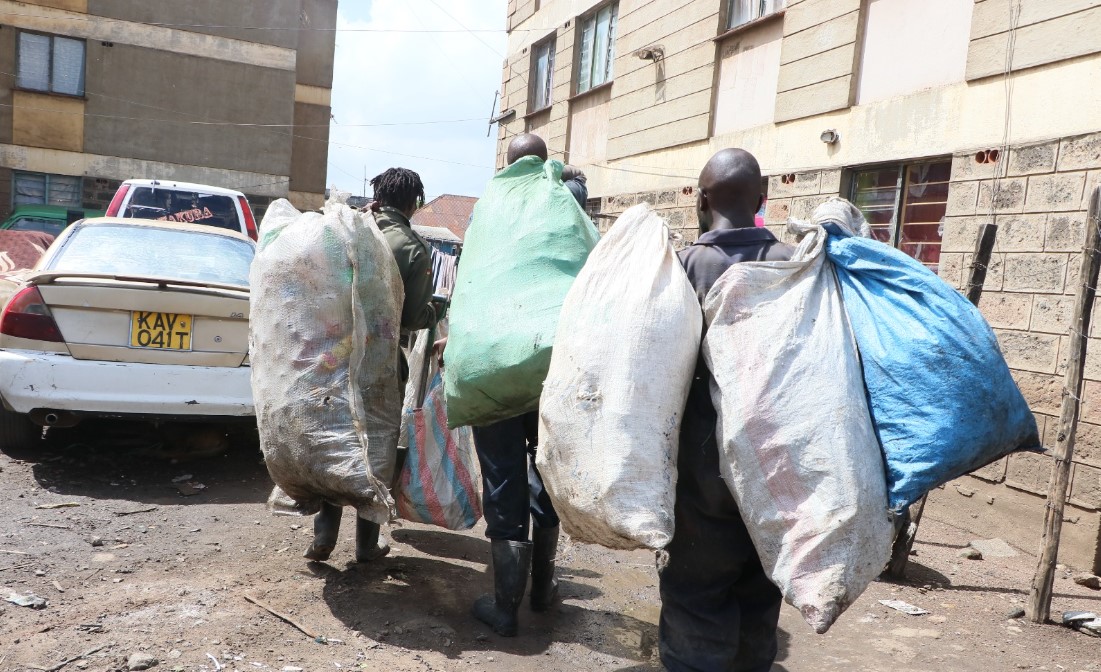 Garbage collectors carrying sacks walk in the streets of Majengo Highrise in Eastleigh, Nairobi on November 14, 2024. (Photo: Justine Ondieki)
Garbage collectors carrying sacks walk in the streets of Majengo Highrise in Eastleigh, Nairobi on November 14, 2024. (Photo: Justine Ondieki)
Culprits
The Ministry of Environment, Climate Change, and Forestry has identified 145 facilities along the Nairobi River basin that are discharging industrial effluent into the river.
According to Environment Cabinet Secretary Adan Duale, these facilities are polluting the river due to malfunctioning effluent treatment plants.
While informal settlements have long been blamed for river pollution due to their proximity, Duale clarified that they contribute less than one per cent of the total pollution, primarily through organic waste, which can be managed using biodigesters.
The primary sources of pollution, however, are the 145 industries, slaughterhouses, and non-compliant real estate developments, which, together, account for about 90 per cent of the river's contamination. The National Environment Management Authority (NEMA) has mapped these non-compliant facilities and issued restoration orders, with potential closures if they do not meet environmental standards.
Duale emphasised the role of the National Sustainable Waste Management Act of 2022, which requires households to separate their waste from the source. To facilitate this, he said households will be provided with three designated waste bags: a green one for organic waste, a blue one for recyclables, and a red one for hazardous waste.
Duale also stressed the government's commitment to transitioning from a linear economy — where waste is simply discarded — to a circular economy that focuses on recycling and reusing materials. This shift is aimed at turning waste into a valuable resource for sustainable development in Kenya.
Top Stories Today


